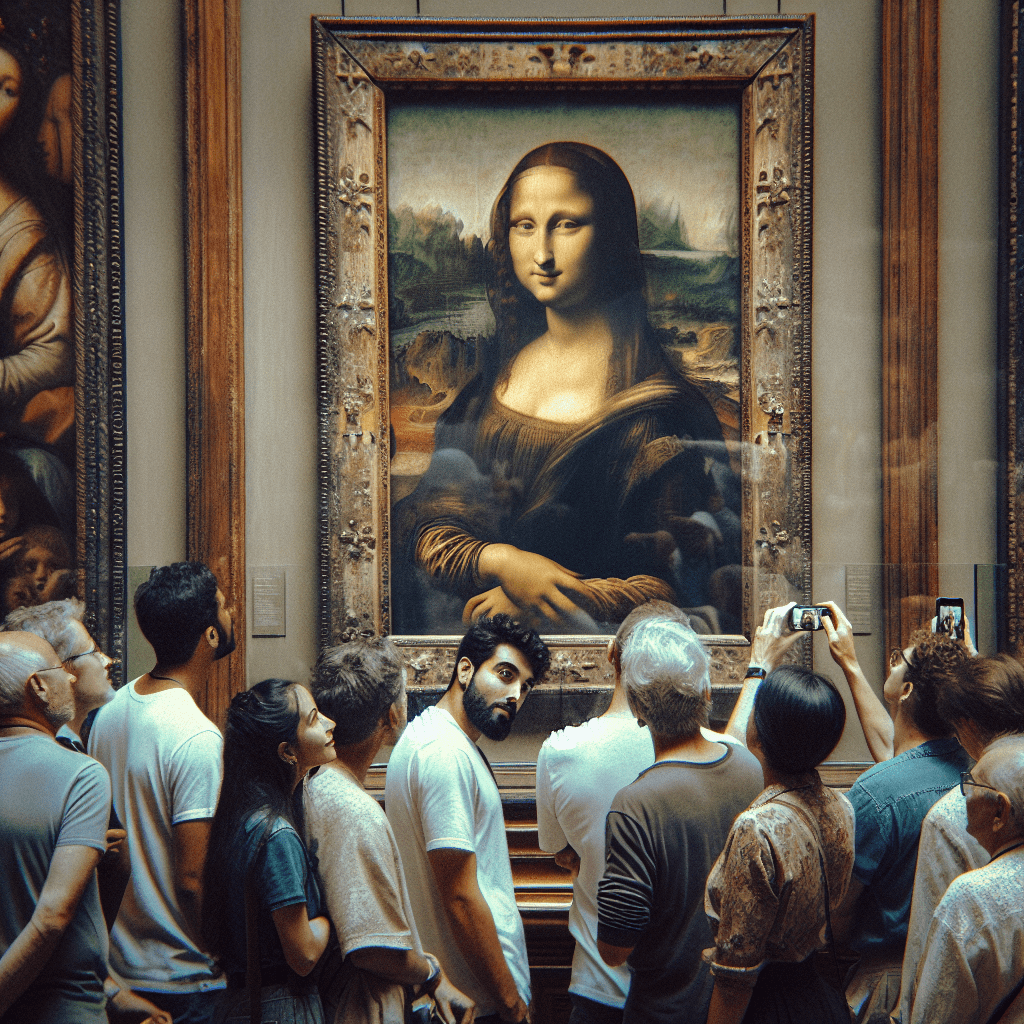Exploring the Enduring Enigma of the Mona Lisa: The World’s Most Famous Portrait
The Mona Lisa, also known as La Gioconda, stands as one of the Western world’s most renowned paintings, delighting and mystifying audiences for over five centuries. Painted by the Italian master Leonardo da Vinci, its allure stems from its technical brilliance, mysterious subject, and widely speculated stories behind her enigmatic smile. But what makes this iconic painting the quintessential masterpiece in art history? This extensive article aims to unravel the tapestry that is the Mona Lisa—detailing its history, examining its artistic merit, exploring its cultural impact, and discovering what continues to make this portrait a timeless object of fascination.
The Historical Journey of the Mona Lisa
Leonardo da Vinci painted the Mona Lisa between 1503 and 1506, although some suggest he may have continued working on it as late as 1517. The painting is believed to be a portrait of Lisa Gherardini, the wife of Florentine merchant Francesco del Giocondo—hence the alternative name La Gioconda. It is speculated that her husband commissioned the painting to celebrate their new home and the birth of their second son.
Over the years, the Mona Lisa has embarked on a historical journey shrouded in intrigue. It was acquired by King Francis I of France and thereafter held in various French royal palaces until Napoleon Bonaparte had it placed in his bedroom during his rule. Eventually, it became part of the collection at the Louvre Museum in Paris, where it remains today except for a brief period when it was stolen in 1911 by an Italian handyman working at the Louvre, Vincenzo Peruggia, who famously concealed the painting under his clothing before returning it two years later. During World War II, it was moved from the Louvre to protect it from possible damage.
Artistic Intricacies: Deciphering Da Vinci’s Techniques
Leonardo da Vinci was not just an artist but a polymath whose grasp of science flavored his approach to painting. Inside the Mona Lisa’s craftsmanship lies a marriage of art and scientific technique. The mysterious aura emanates from her softly sculptural face—the result of a masterly use of sfumato (a technique that employs subtle gradations, rather than lines or borders, to depict form and volume).
Furthermore, da Vinci’s understanding of human anatomy contributed to exemplary detail in her hands and the fabric of her dress. Likewise, his studies of light allowed him to create natural luminosity on her skin and garments—seen notably in how light strikes her face or hands.
The composition is another remarkable feature; using a pyramidal structure to balance and anchor the subject within its landscape background. However, even aside from its technical masterstrokes, it is said that Leonardo carried the portrait with him for many years, adding touches until his death—a testament to his relentless quest for perfection.
Cultural Impact and Interpretations
The reign of the Mona Lisa over popular culture has been significant. She has been reimagined in various media formats ranging from Marcel Duchamp’s avant-garde embellishments to Andy Warhol’s pop art versions.
The Mona Lisa’s public image has braved both reverence and irreverence. Her perceived perfection sparks endless conversation while her inscrutable smile curates copious intrigue around what she may be thinking—a blank canvas for collective human emotions and epitomes.
Beyond herequisitioned image ay for visitors—as its ironic status as both a secluded museum jewel hidden behind bulletproof glass attests.
Preservation Challenges and the Modern-Day Marvel
As with any centuries-old artwork, preserving the Mona Lisa safe from time’s decay is a daunting challenge. Despite initial protective measures taken by da Vinci himself—like using poplar wood for stability instead of canvas—the portrait has nonetheless faced survival threats due to factors like temperature changes, humidity shifts, and even insects.
The modern-day marvel rests inside a climate-controlled case designed to stabilize the conditions surrounding it. Owing to concerns about potential da Vinci bear witness not merely to her durability past wars, thefts and potential degradation but equally remind contemporary viewers about humanity’s perpetual pursuit to appreciate sublime aesthetics in tandem with wisened caretaking over time.
*Notes*
*Image Description*
A postcard shot pointing straight on towards the Mona Lisa hung within its own room inside the Louvre Museum, Paris. Behind protective glass with a persistent crowd gathered in front—some gazing intently at the masterpiece while others take photographs. Her implicit smile captured as she returns an imperceptible gaze beyond horizons unseen in her timeless serenity.
